Japanese semiconductor manufacturers have developed the world's first multi-functional soil sensing single chip, which integrates three kinds of sensing functions: soil acid value, conductivity and temperature. It can not only be used in agricultural IoT, but also as a disaster prevention environment monitoring application. .
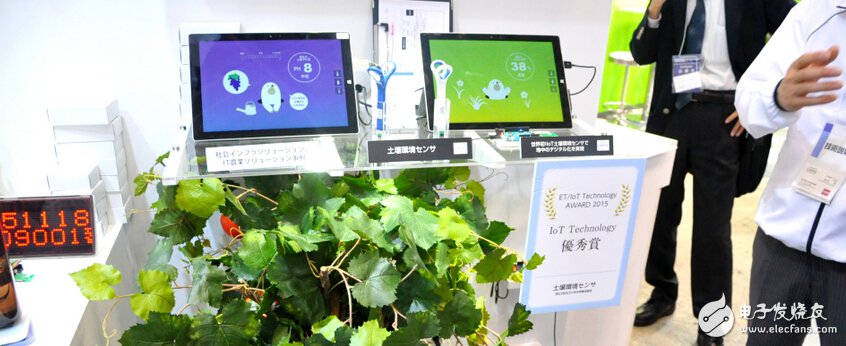
Lapis Semiconductor, a wafer-based semiconductor manufacturer in Kanagawa Prefecture, Japan, exhibited the world's first multi-functional soil sensing single chip at the IoT Technology 2015 and Machmaking Program in Yokohama, Japan, not only for agricultural IoT, but also for agricultural IoT. It can be used as a disaster prevention environment monitoring application and won the best IoT technology award in the exhibition. (Image source / iThome)
[Yokohama, Japan] There is a new breakthrough in Japanese agricultural IoT wafer technology. Recently, Lapis Semiconductor, a semiconductor manufacturer based in wafer research and development in Kanagawa Prefecture, Japan, exhibited the world's first multi-functional soil sensing single chip at the IoT Technology 2015 and Machmaking Program exhibition in Yokohama, Japan, with an area of ​​only 5 &TImes; 5 square mm of single-chip size, integrated acid 硷 (pH), conductivity (EC) and temperature sensing capabilities, overcome the challenges of different sensor signal interference, and not only for agricultural IoT, and even It can also be used as a disaster prevention environment monitoring application. The new IoT chip technology won the show's best IoT technology awards of the year.
The world's first multi-functional soil sensing single chip
The environmental soil sensor, introduced by the semiconductor company Lapis, is similar in design to the commercially available acid value detector. However, in this IoT soil sensing device, it is mainly embedded in the development of Lapis. The soil senses a single wafer, and integrates three soil sensing functions of soil acid value, conductivity and temperature in a single wafer smaller than a 1-yuan coin.
In the past, the soil quality of agricultural land was very good, which was largely related to soil acid value and conductivity. Too high or too low acid strontium concentration and conductivity were not conducive to crop growth. However, in the past, if accurate soil testing was to be obtained, it would often have to go through cumbersome process steps, such as collecting some soil first and then sending it to a farmer's farm set up by the government or the private sector. After that, the results will be sent to the notice, and after the applicant receives the notice, it will often take time.
When it is changed to directly insert the soil sensor in the soil, as long as the front end of the sensor device is buried in the soil, tracking can be started, not only eliminating the complicated inspection steps in the past, but even The soil acidity, water content and temperature changes were measured every minute.
In addition, according to the description of the Lapis official website, the common method for detecting the acid value is to use a glass electrode to measure the acid value of the solution. Each time the soil has to be collected to start the test, this soil sensor The Ion-SensiTIve Field Effect Transistor (ISFET) is used as the soil acid sputum measurement, and even the surface of the wafer measurement surface is composed of a hydrophilic physical film, which can be optimized by the electrode surface. To improve the accuracy of the measurement.
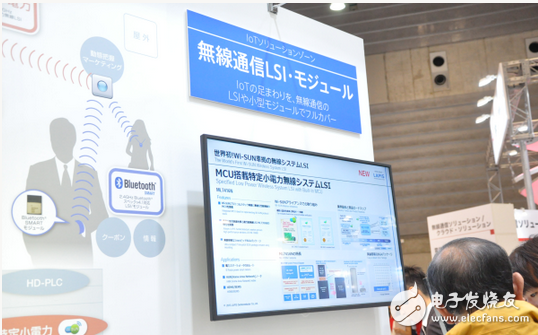
In this environment, which is smaller than the 1-yuan coin, the area is only 5 & TImes; 5 square mm of environmental soil sensing single wafer, while integrating soil soil acid value, conductivity and temperature three kinds of soil sensing functions, overcoming different sensors The challenge of signal interference.
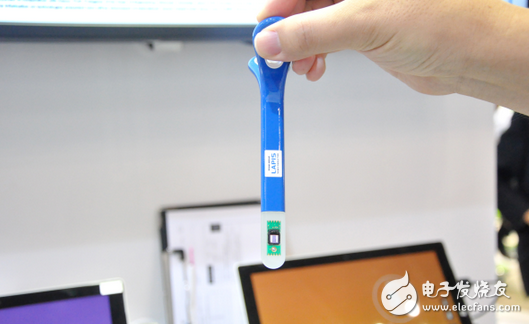
The data collected from the soil sensor will be combined with another Lazurite hardware module to transmit the data back to the back-end cloud platform for analysis through its built-in RF wireless transceiver. The module also features low power consumption. It can be used for up to 1 year with two No. 3 batteries, and it can also support 160 960 MHz wireless RF band. After laying the soil sensor, you can find a new way to improve the growth of crops from the correlation between monthly precipitation and soil acidity and conductivity.
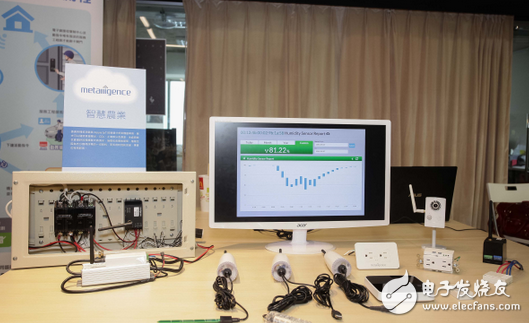
Not only can agriculture be used, but also can be used as a disaster prevention environment monitoring application.
The company also introduced another Lazurite hardware module, and the data collected from these soil sensors will be transmitted back to the data via the module's built-in low-power RF wireless transceiver LSI. The cloud platform for continuous tracking and data analysis. The Lazurite module also features low power consumption. It can be used for up to 1 year with only 2 No. 3 batteries, and 160 960 MHz wireless RF band for data transmission.
Mr. Watanabe, project manager of Lapis Business Development Department, said that each soil environment sensor can measure soil data in the range of about 5 ∼ 10 cm. After laying these soil sensors on farmland, after long-term tracking and analysis. In the future, it will help to understand the correlation between the monthly local precipitation and the soil acidity and conductivity of agricultural land, and find new ways to improve the environmental growth of crops.
For example, the optimum timing of irrigation watering or fertilization can be determined from changes in soil temperature and conductivity, or the most suitable crops can be selected according to the soil acid value measured in each period. In addition, the change in the conductivity value of the soil due to the amount of precipitation can be further used as a disaster prevention environment monitoring, such as preventing the outbreak of earth and rock flow on the hillside. However, the current IoT soil environment sensor is still in the development and testing phase, and it is expected to be commercialized in the future.
Taiwan has also rushed into the agricultural IoT application market
Not only Japanese companies combine IoT in agriculture, Taiwanese manufacturers have also rushed into the agricultural IoT application market, such as Zhizhi Technology, an IoT startup company. At the Microsoft Azure IoT Application Show, the latest smart agriculture IoT was exhibited. Application, through the installation of sensors in the area of ​​growing fruits and vegetables, can obtain various environmental data information, such as can be used to measure weather changes, carbon dioxide concentration, soil nutrient absorption and temperature and humidity, etc., these data will be transmitted to The Azure cloud platform analyzes to improve farming care, such as automatically reminding farmers when to water, fertilize or turn on lighting.
In addition, in order to enter the health industry, Taiwan's old home appliance company Datong Company has installed a large number of sensor devices in its newly-built plant factory, which can monitor the environmental changes of various planting vegetables in the factory at any time, including indoor temperature and humidity. The carbon dioxide concentration, soil conductivity, acid value, and even the water level of the water tank, etc., the collected environmental sensing data will be centrally managed by a set of environmental monitoring systems, including integration into historical data, operational history, and abnormalities. Resume, etc.
Once the environmental system detects an abnormality in the environmental data in the factory, it will automatically send out a warning signal, and will notify the management personnel in the newsletter and e-mail to eliminate the abnormal situation as soon as possible, and the management can directly Track daily environmental monitoring data changes from your tablet or mobile phone to optimize your environment at any time.
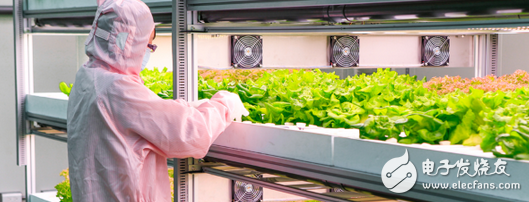
In recent years, Taiwanese manufacturers have also entered the agricultural IoT market. For example, Zhishang Technology has obtained various environmental data information by erecting sensors in the area where fruits and vegetables are grown. It can be used to measure weather changes, carbon dioxide concentration, soil temperature and humidity, etc., and transmit them to Azure Cloud Platform for analysis and improvement of agriculture. Take care of the situation. (Image source / Microsoft)
In order to enter the health industry, Datong has also installed a large number of sensor devices in its newly-built plant factory to monitor the environmental changes of various planting vegetables in the plant, including temperature and humidity, carbon dioxide, conductivity and acidity. Value, etc. (Source / Datong Company)
Soap Dispenser, also called soap dispenser and soap dispenser, is characterized by automatic and quantitative hand sanitizer. This product is widely used in public toilets. Avoid contact and use soap to clean your hands and other hygiene, which is very convenient and hygienic. In terms of function, the Sensor Soap Dispenser can be divided into two functions: with lock and without lock. It is more appropriate to choose a lockless soap dispenser in hotel rooms. Hotel toilets can be locked to prevent waste of soap. The size of the soap dispenser determines the amount of soap that can be filled, this can be based on the actual needs of the hotel, choose a suitable size product.
The Wall Mount Soap Dispenser generally includes a liquid tap fixed on the countertop, a soap bottle set under the countertop, a liquid discharge mechanism for pumping out the soap in the soap bottle, and a pressure button for driving the liquid discharge mechanism. Wait. Generally, the soap dispenser is matched with the sink and installed near the tap of the sink. When installing the soap dispenser, you need to check whether the sink has a soap dispenser hole, otherwise it cannot be installed.
There are many types of Touchless Soap Dispenser. There are also many colors of soap dispensers. Different colors of soap dispenser can be selected according to different places. The standard stainless steel color of soap dispenser can generally be divided into stainless steel bright color and stainless steel wire drawing color. The bathroom in five-star hotels chooses stainless steel bright color, and high-end clubs can choose stainless steel red.
Soap dispensers are mainly used in star hotels, restaurants, hotels, public places, hospitals, airports, home furnishings, pharmaceuticals, food, chemicals, electronics, high-end office buildings, large shopping malls, large entertainment venues, large banquet halls, hot spring resorts, kindergartens, For schools, banks, airport terminals, families, etc., it is your ideal choice for pursuing a noble and elegant life!
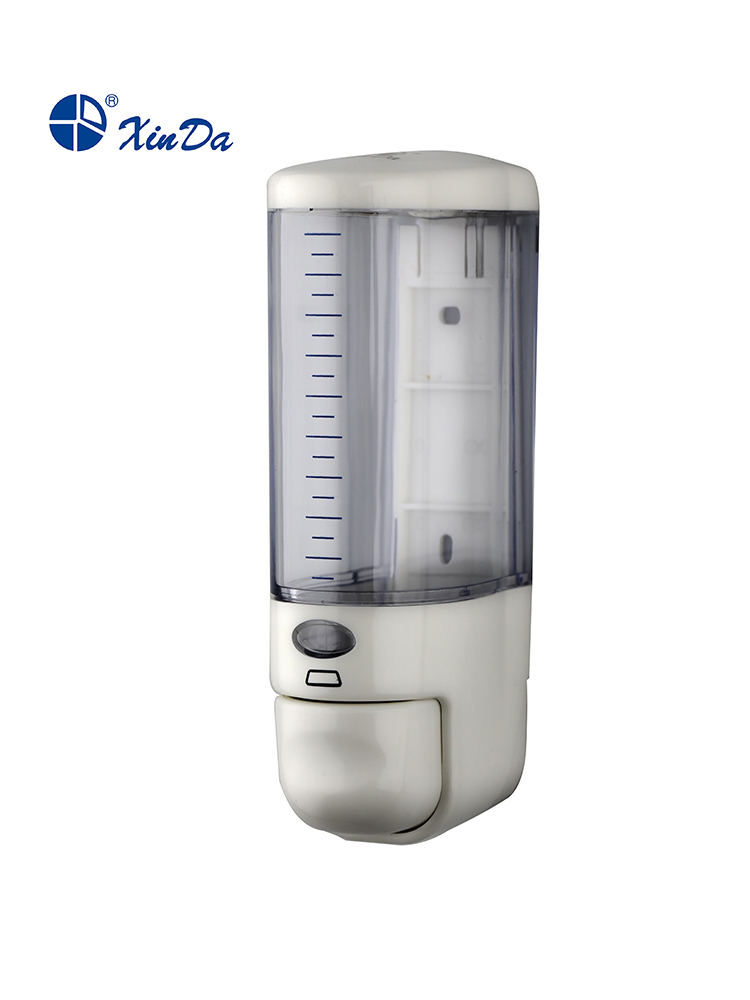
Soap Dispenser
Sensor Soap Dispenser,Touchless Soap Dispenser,Wall Mount Soap Dispenser,Refillable Soap Dispenser
Taishan Jie Da Electrical Co., Ltd , https://www.ts-jieda.com